St. Augustine grass is easily distinguishable from other lawn grasses by its bluish-green leaves and a low, creeping growth habit that allows it to form a dense turf mat. It uses stolons to spread and has broad, flat blades. In this article, learn how to make St Augustine grass spread grow thick.
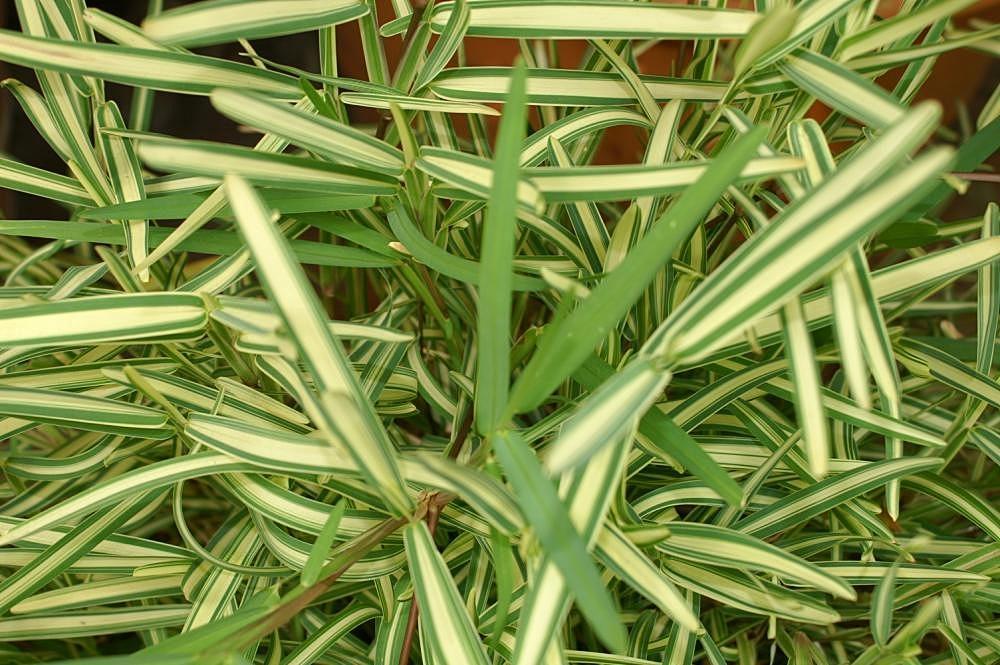
St. Augustine grass is an ideal choice for people living along the coast as it has exceptional salt, humidity, and heat tolerance.
Although St. Augustine grass spreads quickly relative to other warm-season grasses, there are ways to make it spread even faster and grow thicker. This is especially useful for people who have established a new lawn and are desperate to have a thick, emerald green lawn in the shortest time possible.
So, how do you make St. Augustine grass spread fast?
You get the St. Augustine grass to grow thicker and spread quickly by planting it in late spring to early summer. It is also essential to amend the soil and ensure that it is well-aerated, adequately drained, and has a pH about 5.5 to 8.5. In addition, you should also apply a fertilizer with high phosphorus and water the new grass daily for the two weeks to ensure rapid root development. Also, trim the new grass high at first to so that the grass runners (stolons) spread uninterruptedly.
You should also not put too much fertilizer and herbicide on your St. Augustine lawn during the early phases of establishment. Read on to learn more.
St. Augustine Grass Overview
Before moving on to our main topic, we must discuss various features, pros, and cons of St. Augustine grass. This will help you determine if it is a suitable choice for your lawn and whether or not you should go for another grass.
St. Augustine grass is special among warm-season grasses for its exceptional drought, salt, and heat tolerance. As a result, it is a turf of choice for home lawns and other turf areas in the deep south, from Florida to central Texas.
St. Augustine grass, however, has a lower tolerance for wear and tear, so it is not commonly used in golf courses, sports fields, and places with high foot traffic. Below are a few more facts about St. Augustine grass, along with some pros and cons:
| Scientific name | Stenotaphrum secundatum |
| Other names | Charleston grass, Carpet grass, Buffalo grass, Quick grass, Mission grass |
| Life Cycle | Perennial |
| Grass Type | Warm-Season |
| Identification | – Emerald green colored grass blades with a coarse texture and rounded tip – Has a low, creeping growth habit and forms dense mats |
| Growing Season | – Late spring to summer – Enters dormancy when temperatures dip below 55 degrees Fahrenheit |
| pH range | 5.0 to 8.5 |
| Watering needs | About quarter to one inch per week |
| Traffic tolerance | Moderate |
| Shade Tolerance | Moderate |
| Pros | – Has a dense growth habit and chokes out weeds easily – Grows well in moderate to low shade lawns – Grows well in many soils types and has a wide pH range – Greens up quickly following winter dormancy – Has an exceptional slat, heat, and drought tolerance |
| Cons | – Prone to excessive thatch buildup – Has a poor tolerance for wear and tear – Doesn’t do well in cold – Extremely prone to chinch bug infestation |
| Common Issues | Weeds Dollar weed, chickweed, clover henbit Bugs Mole crickets, sod webworms, grub worms, and especially chinch bugs Diseases Root rot, brown patch disease, gray leaf spot disease |
Now that you know what St. Augustine grass is, where and when it grows best, and some of its advantages and drawbacks, let’s discuss what you can do to make your St. Augustine grass spread quickly and grow thicker.
RELATED: How to Manage St. Augustine Grass Runners: A Comprehensive Guide
How To Make St Augustine Grass Spread Fastly?
Compared to the vast majority of warm-season grasses, St. Augustine grass has a dense growth pattern and spreads relatively quickly. This quick spread is made possible by above-ground shoots known as runners or stolons.
Although, homeowners who do not prefer sodding to establish a St. Augustine grass will have to wait a little longer before they have a filled-in, usable lawn.
However, there are things that you can do to make your St. augustine grass spread grow thick and faster. Here is what to do:
Plant St. Augustine Grass At The Right Time
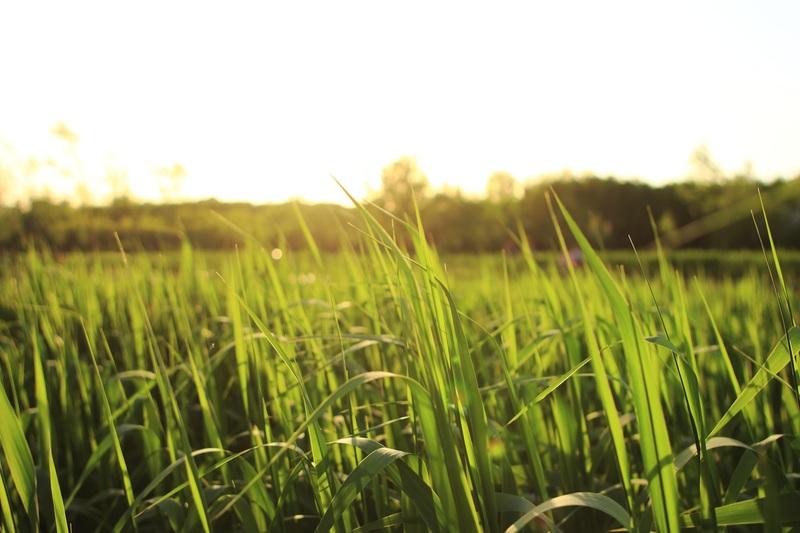
Since St. Augustine is a warm-season turfgrass, summer is when it grows the fastest. Therefore, to ensure that your grass gets off to a better start, plant the St. Augustine grass early in summer when temperature is around 80 to 100 °F.
Avoid planting in the late fall as the St. Augustine grass does not do well in cold temperatures. If you plant in the fall, your yard will have bare spots and a thin cover because of the poor growth and slower spread.
Even if you have missed the late spring and early summer window to plant St. Augustine grass, the sod can still be laid in the late spring.
During this time, the temperature is high enough to allow for rapid growth.
Amend The Soil

If you want your St. Augustine grass to spread quickly and grow thick, you must pick suitable soil or amend the existing soil to boost the grass growth. Waterlogged or soggy lawn soils severely impact the growth of St. Augustine grass by deleting the underground oxygen supply. Saturated soils are often a reason for poor St. Augustine growth. However, it can be easily fixed by improving soil drainage.
The ideal soil for St. Augustine grass has a pH range of 5.0 to 8.5 and is well-drained (like sandy soil). St. Augustine grass benefits from slightly acidic soil. However, it does not do well and spreads fast in compacted soils.
You should get a soil test to see if your lawn is appropriate for planting St. Augustine grass. It will give you tons of information about the soil type, its fertility, and what you can do to improve its condition for better grass growth.
Many lawn care companies offer soil testing services. However, you can also do it by picking up a DIY soil test kit.
Stick To A Proper Maintenance Schedule
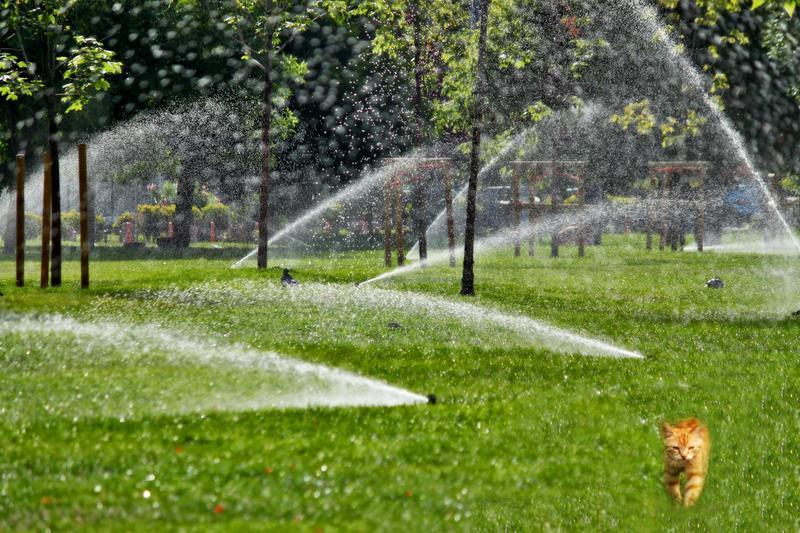
After establishment, you must create and adhere to a weekly lawn maintenance routine for your St. Augustine lawn. A proper maintenance schedule will ensure that your St. Augustine grass grows and spreads quickly.
Watering, fertilizing, and mowing are all parts of it. Let’s discuss these in a bit more detail.
St. Augustine Grass Fertilization
Proper and adequate fertilization is a must if you want to boost the growth of your St. Augustine grass. For this, you should start by applying a starter fertilizer with a high phosphorus ratio in the early phases of growth right after sod installation.
It will encourage rapid grass growth and ensure that the roots establish more quickly. It would be best if you kept applying a starter fertilizer for about sixty days before changing to another fertilizer. The nitrogen fertilizer will help in quicker growth of grass and the development of St. Augustine grass runners.
The general recommendation for fertilizing St. Augustine lawns is to apply about one lbs. of nitrogen fertilizer per 1,000 sq. ft. of grass every 60 days or so. Alternatively, you can use a nitrogen fertilizer based on a slow-release formula about every five to ten weeks, depending on the conditions to help your grass spread faster.
Mowing St. Augustine Grass
The appropriate mowing height for St. Augustine grass can vary from 2.5 to 4 inches, depending on the location and management strategy. However, growing conditions are usually the most significant determinant of mowing height.
St. Augustine grass performs best in shady lawns when mowed at 3 to 4 inches. However, you can increase the mowing height by 1/2 to 1 inch during times of environmental stress brought on either by high temperatures or a lack of precipitation.
Always use a mower with a sharp blade and leave the grass clippings that can degrade on the surface to act as mulch. The mower blade should be sharpened frequently, ideally once per month or at least before the growing season begins.
St. Augustine Grass Watering
Another way to ensure that your St. Augustine grass grows and spreads rapidly is to maintain a proper watering schedule following sod installation. Lightly water the new lawn twice daily for two weeks if the temperature is too high to ensure that the roots grow and establish themselves in the soil. This will help your grass to spread fast and grow thicker.
However, once the grass runners and roots have been established, gradually reduce irrigation from 12 inches to about a quarter an inch per week. The aim now is to water your grass deeply and frequently. It will promote deep root growth, which increases the resilience of turf.
If it isn’t adequately watered, St. Augustine grass will quickly enter dormancy and begin to die. Then, It will require a lot of work to restore and encourage the grass to grow again. So, it is better to stick to a regular watering schedule.
Also, do not overwater your lawn. It can make the soil damp and soggy, and St. Augustine grass does not do well in such soil conditions.
RELATED: How To Revive St. Augustine Grass | Why Is My St. Augustine Dying
Take Care Of The Weeds
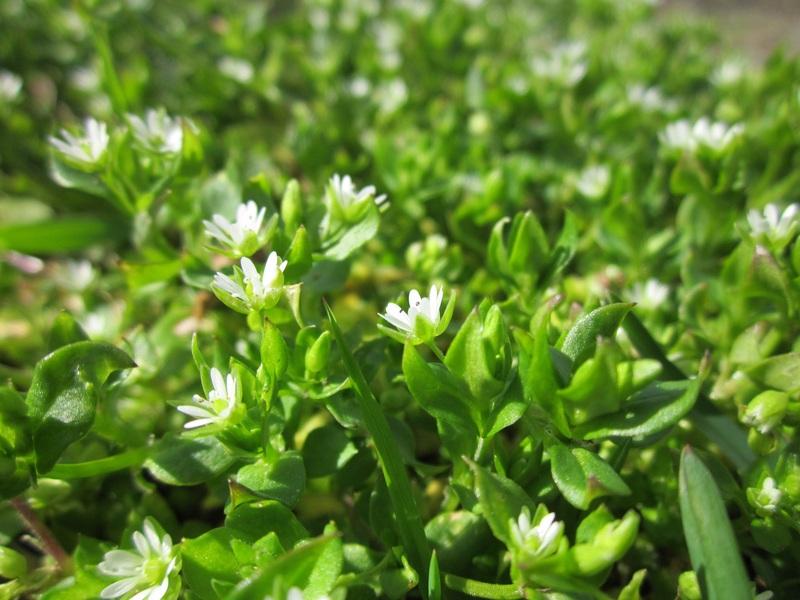
Depending on how the new St. Augustine lawn was planted, you might already have weeds growing in it. Since weeds also grow best in the summer, St. Augustine grass and other warm-season grasses become more susceptible to weed infestations.
Lawn weeds can quickly take over your St. Augustine lawn if you have left spaces among the sod patches at the time of plantation. Weeds compete with the grass for water, nutrients, and space, and as a result, your St. Augustine grass grows less efficiently, and your lawn will become patchy, sparse, and thin.
The most effective method for controlling weeds in a St. Augustine lawn is to use a pre-emergent herbicide or a moderately toxic post-emergent herbicide. You should use it at least five weeks before sod installation for best results.
It is essential that you take note of the fact that you must refrain from using a herbicide on your St. Augustine grass if the temperature outside is higher than 85 degrees. It can severely harm the grass and even kill it.
How Long Does St Augustine Take To Establish?
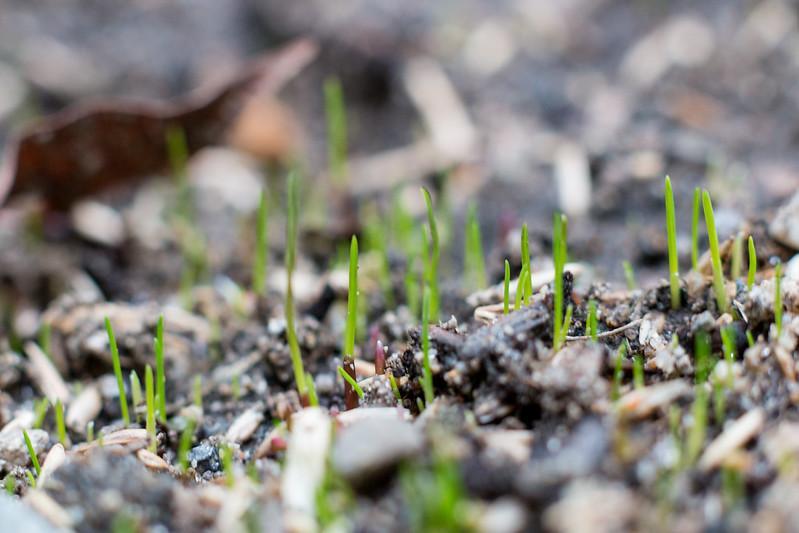
Newly planted St. Augustine grass sod or plugs typically take about 7 to 14 days to spread after establishing firm roots in the ground. However, depending on the plug spacing you select, the time it will take for the bare places on your lawn to be filled will vary.
Low-Density Plug Installation
This option requires 15 to 25 inch spacing between the plugs and is suitable for low-traffic lawns. It can take nearly a year for the St. Augustine grass to fully cover the lawn with low-density plug installation.
Medium-Density Plug Installation
St. Augustine grass plugs are spaced by 12 to 18 inches when using this density option. You can expect to wait about 8 to 10 months for the lawn to fill in with a medium-density plug installation.
High-Density Plug Installation
With this technique, the sprigs are spaced 6 to 11 inches apart, which leaves plenty of area for solid root growth. If all goes according to plan, you should have fully developed, thick, and lush green grass in around six months.
RELATED: Dethatching St. Augustine Grass: A Complete Step By Step Guide
Frequently Asked Questions (FAQs)
How to fill bare spots in St. Augustine grass?
You can quickly fix bare patches in your St. Augustine lawn by buying a few pieces of sod or plugs from your local gardening store. Next, measure up the lawn and use a good quality starter fertilizer to give the new grass a head start.
Is sand good for St. Augustine grass?
For St. Augustine grass, sandy, well-drained soil with a pH of 5 to 6.5 is ideal. However, sandy soils are often highly alkaline, which is bad for St. Augustine grass. So, make sure you amend the soil before planting grass in it.
Do you dethatch St. Augustine grass?
St. Augustine grass turf should only be dethatched if the thatch layer is thicker than half an inch. Thick thatch prevents the soil from receiving enough oxygen, water, and minerals. Thick thatch layers also inhibit the growth of roots as well as above-ground grass runners.
Will St. Augustine grass choke out weeds?
St. Augustine grass has a spreading growth habit which is usually very good at choking out light weed infestations. However, a chemical treatment option should be considered if weeds are prevalent, along with manually removing unwanted growth.
Will St. Augustine grass grow in the shade?
St. Augustine grass can typically thrive in lawns with filtered sunlight, but shade should not exceed about 30% for maximum performance. Also, use less water and fertilizer in shaded areas of your St. Augustine lawn.
Sources for Further Reading
St. Augustine grass yearly maintenance program – Clemson University Cooperative Extension Service
Maintaining St. Augustine grass Lawns – Texas A&M AgriLife Extension
Editor’s Recommendations
Killing Crabgrass With Baking Soda (A Step By Step Guide)
Grass Types That Do Not Require Mowing & Best No-Mow Grass Alternatives
A Complete Guide To Top Dressing A Lawn: Benefits & How To Do It Correctly!







